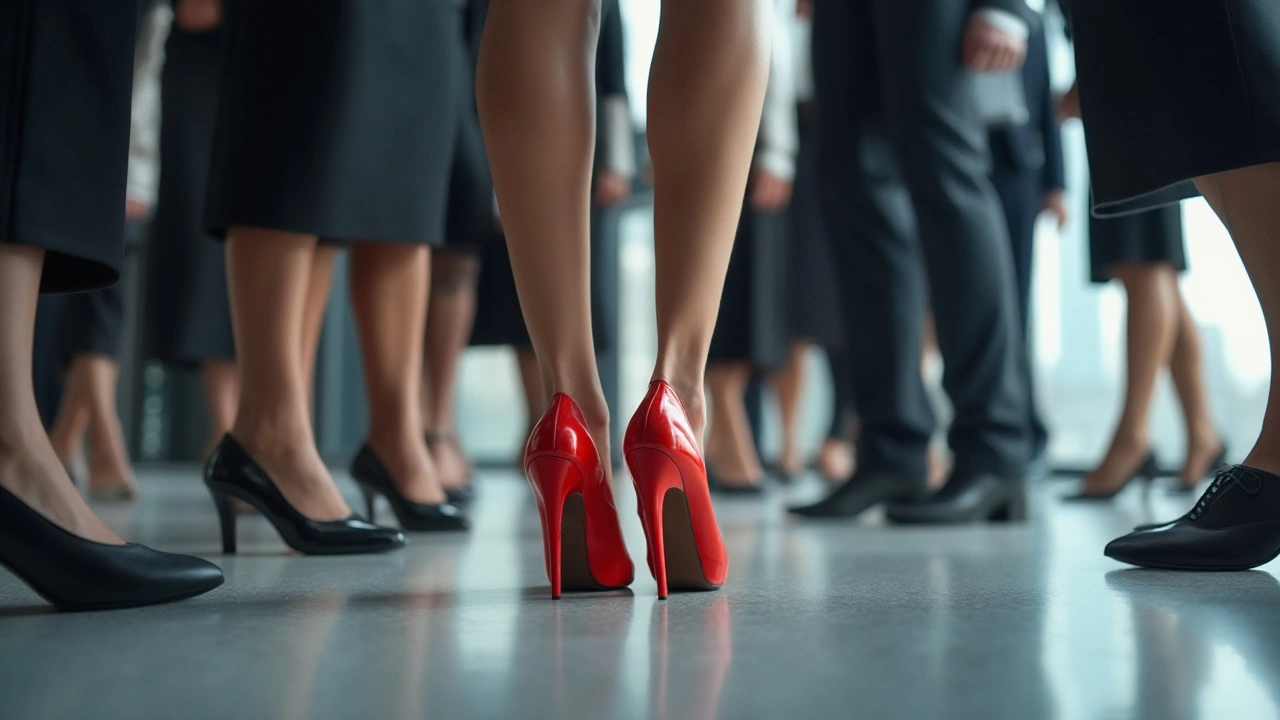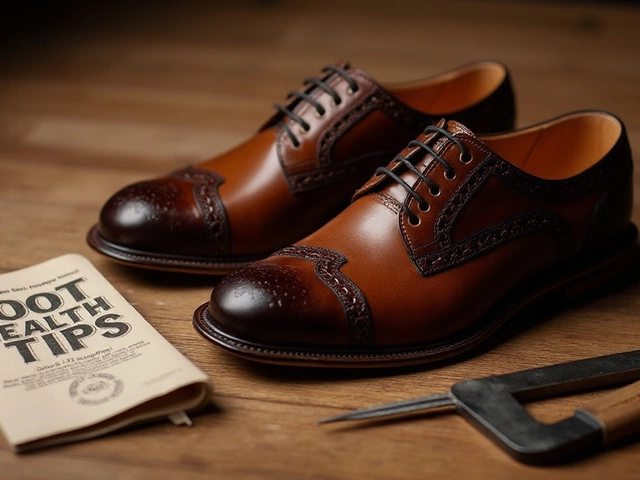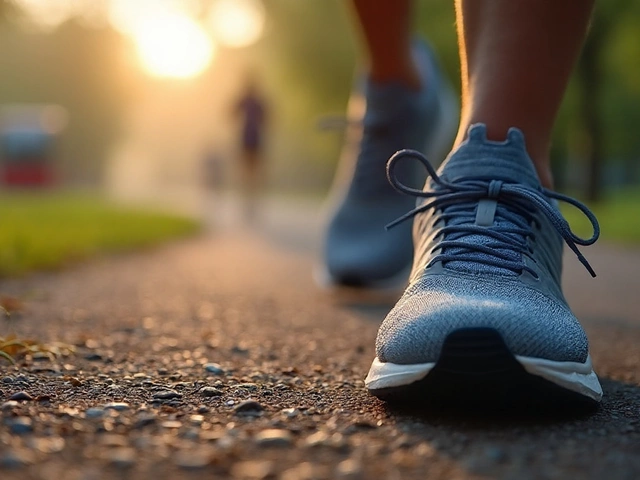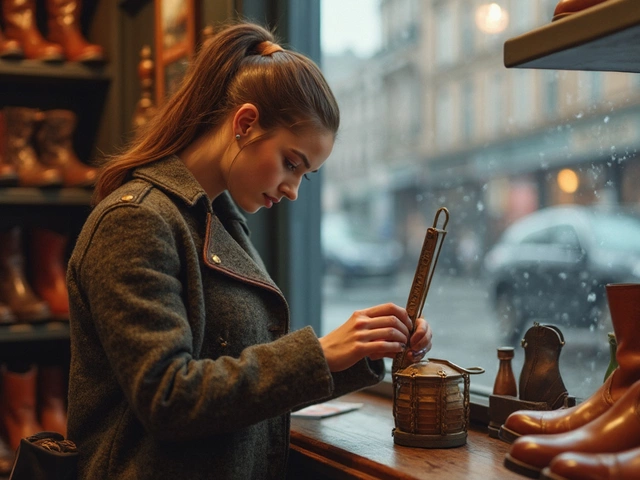Inappropriate Footwear and What It Does to Your Feet
Ever bought a pair of shoes that felt great in the store, only to end up with sore toes a week later? That’s the classic case of inappropriate footwear. Wrong shoes can turn a simple walk into a painful ordeal, and the damage adds up fast if you keep ignoring the signs.
First thing you need to check is toe room. If your toes are rubbing the front of the shoe or feel cramped, you’re asking for blisters, black toenails, or even Morton's neuroma. A quick test: slide your foot forward until the ball of your foot touches the inside edge of the shoe, then wiggle your toes. You should have about a half‑inch of space beyond your longest toe. No wiggle room? Time to size up or pick a wider style.
Common Footwear Mistakes
Many of us fall into the same traps. Here are three you’ll see a lot:
- Flat, floppy soles. Cheap sandals or flip‑flops often lack arch support, making the foot collapse inward. That can lead to overpronation and lower‑back pain.
- High heels with a narrow toe box. They force your foot into an unnatural shape, stressing the metatarsal heads. If you wear heels often, look for shoes with a pointed front that’s still wide enough for your toes.
- Oversized shoes. Big, loose shoes let your foot slide forward, causing heel slip and heel‑to‑toe friction. That’s a recipe for blisters and calf strain.
Notice anything about the list? All of them revolve around fit and support. When you shop, don’t just focus on style – think about how the shoe will treat your foot all day.
Quick Fixes for Bad Shoes
If you’ve already bought a pair that feels off, don’t toss them straight away. Try these easy fixes:
- Insert a cushioned insole. It can add arch support and lift the heel slightly, reducing slip.
- Use a shoe stretcher or a few frozen water bottles inside the shoe overnight. The expanding ice gently widens a tight toe box.
- Apply moleskin or blister pads on high‑friction spots. It won’t fix the fit, but it stops a small problem from becoming a big one.
These tricks work for many casual shoes, but they won’t save a pair that’s fundamentally the wrong shape. If the pain persists after a couple of days, it’s best to return or replace them.
Another tip: pay attention to the heel’s fit. When you walk, the heel should stay snug without digging. If it lifts, you’ll feel a slapping sensation and risk blisters. A heel grip or a slightly thicker insole can solve this without a new shoe.
Foot health isn’t just about avoiding pain; it’s about preventing long‑term issues like bunions, plantar fasciitis, or arthritis. The right shoe supports your natural foot mechanics, distributes pressure evenly, and lets you stay on your feet longer without fatigue.
In short, if a shoe feels off the moment you try it on, trust that feeling. Take the time to size up, test the fit, and look for features like a roomy toe box, decent arch support, and a secure heel. Your feet will thank you with less ache, fewer trips to the podiatrist, and more confidence in every step.
Next time you shop, bring a pair of socks you’d wear for the activity you plan, walk around the store, and don’t be shy about asking for a different size or style. A few minutes of testing now saves you weeks of discomfort later.

The Guide to Inappropriate Work Shoes and What to Avoid
Navigating the world of work-appropriate footwear can be tricky. Certain shoes might seem stylish or comfortable, yet they breach the boundaries of professional attire. Understanding what makes footwear unsuitable for work environments helps maintain professionalism and respect workplace dress codes. This guide explores common mistakes and offers tips for selecting the right shoes.




